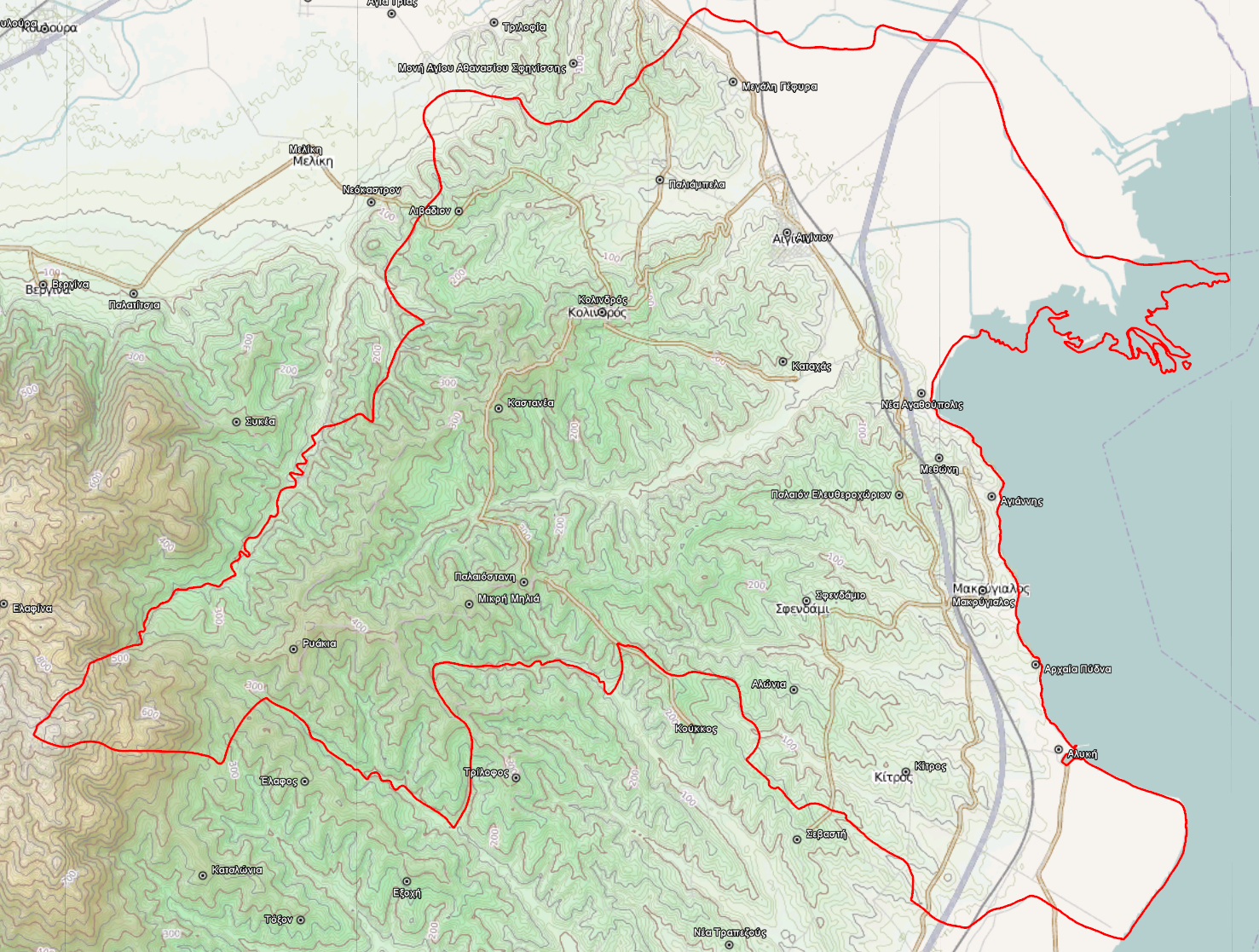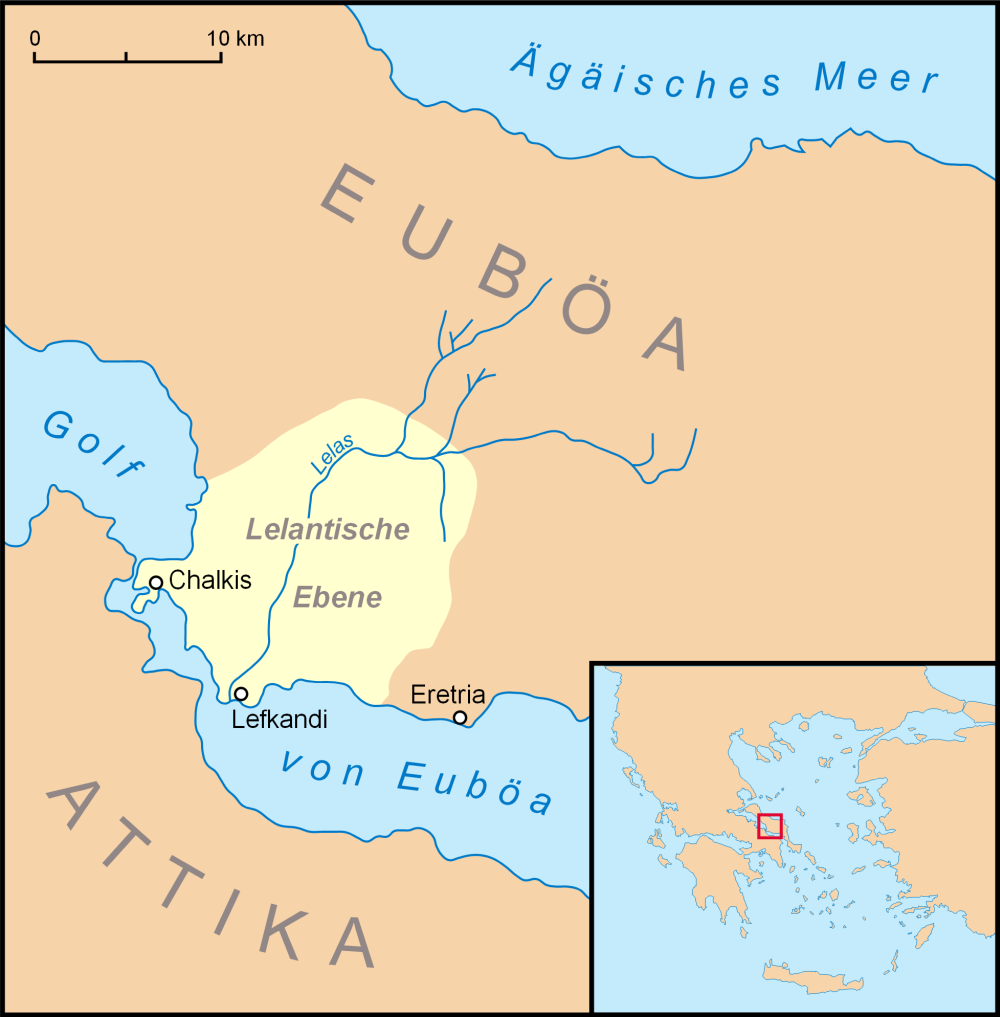|
Methoni, Pieria
Methoni () is a village and a former municipality in Pieria regional unit, Greece. Since the 2011 local government reform it is part of the municipality Pydna-Kolindros Pydna–Kolindros (, ''Pýdna-Kolindrós'') is a municipality in the Pieria (regional unit), Pieria regional unit, Central Macedonia, Greece. The seat of the municipality is the town Aiginio. The municipality has an area of 339.525 km2. Municipa ..., of which it is a municipal unit. Geography Administrative division The municipal unit of Methoni consists of the communities of Makrygialos, Methoni, Nea Agathoupoli and Palaio Eleftherochori. The seat of the former municipality of Methoni, that ceased to exist after the 2011 local government reform was in Makrygialos. The municipal unit has an area of 34.286 km2, the community 10.321 km2. Population The population of the community of Methoni is 587 people and that of the municipal unit of Methoni is 2,663 people as of 2021. References * External l ... [...More Info...] [...Related Items...] OR: [Wikipedia] [Google] [Baidu] |
Central Macedonia
Central Macedonia ( ; , ) is one of the thirteen Regions of Greece, administrative regions of Greece, consisting the central part of the Geographic regions of Greece, geographical and historical region of Macedonia (Greece), Macedonia. With a population of almost 1.8 million, it is the second most populous region in Greece after Attica (region), Attica. Geography The region of Central Macedonia is situated in Northern Greece, bordering the Administrative regions of Greece, regions of Western Macedonia (west), Thessaly (south), Eastern Macedonia and Thrace (east), and bounded to the north at the international borders of Greece by the Republic of North Macedonia and Bulgaria. The southern part is coastal and is bathed by the Thermaic Gulf, Thermaic, Toronean Gulf, Toroneos, Singitic Gulf, Singitic and Strymonian Gulf, Strymonic gulfs. The largest city and capital of the region is Thessaloniki. Serres is the second most populous city, followed by Katerini, Veria and Giannitsa. Cen ... [...More Info...] [...Related Items...] OR: [Wikipedia] [Google] [Baidu] |
Pieria (regional Unit)
Pieria () is one of the regional units of Greece located in the southern part of the Central Macedonia, Region of Central Macedonia, within the historical province of Macedonia (Greece), Macedonia. Its capital is the town of Katerini. The name Pieria originates from the ancient Pieres tribe. In Pieria, there are many sites of archeological interest, such as Archaeological Park of Dion, Dion, Pydna (Ancient Site), Pydna, Leivithra and Platamon Castle, Platamonas. Pieria contains Mount Pierus of Emathia, Pierus, from which Hermes takes flight in order to visit Calypso (mythology), Calypso, and is the home of Orpheus, the Muses, and contains the Pierian Spring. Mount Olympus, the highest mountain in Greece and throne of the ancient Greek gods, is located in the southern part of Pieria. Other ancient cities included Leibethra and Pimpleia. Geography The Pieria regional unit is bordered by Imathia to the north, Kozani (regional unit), Kozani to the west, and to the south and west ... [...More Info...] [...Related Items...] OR: [Wikipedia] [Google] [Baidu] |
Pydna-Kolindros
Pydna–Kolindros (, ''Pýdna-Kolindrós'') is a municipality in the Pieria (regional unit), Pieria regional unit, Central Macedonia, Greece. The seat of the municipality is the town Aiginio. The municipality has an area of 339.525 km2. Municipality The municipality Pydna–Kolindros was formed at the 2011 local government reform by the merger of the following 3 former municipalities, that became municipal units: *Aiginio *Kolindros *Methoni, Pieria, Methoni *Pydna See also * Kitros References [...More Info...] [...Related Items...] OR: [Wikipedia] [Google] [Baidu] |
Greece
Greece, officially the Hellenic Republic, is a country in Southeast Europe. Located on the southern tip of the Balkan peninsula, it shares land borders with Albania to the northwest, North Macedonia and Bulgaria to the north, and Turkey to the east. The Aegean Sea lies to the east of the Geography of Greece, mainland, the Ionian Sea to the west, and the Sea of Crete and the Mediterranean Sea to the south. Greece has the longest coastline on the Mediterranean Basin, spanning List of islands of Greece, thousands of islands and nine Geographic regions of Greece, traditional geographic regions. It has a population of over 10 million. Athens is the nation's capital and List of cities and towns in Greece, largest city, followed by Thessaloniki and Patras. Greece is considered the cradle of Western culture, Western civilisation and the birthplace of Athenian democracy, democracy, Western philosophy, Western literature, historiography, political science, major History of science in cl ... [...More Info...] [...Related Items...] OR: [Wikipedia] [Google] [Baidu] |
Government Gazette (Greece)
The ''Government Gazette'' (; Katharevousa: ) is the official journal of the Government of Greece Greece, officially the Hellenic Republic, is a country in Southeast Europe. Located on the southern tip of the Balkan peninsula, it shares land borders with Albania to the northwest, North Macedonia and Bulgaria to the north, and Turkey to th ... which lists all laws passed in a set time period ratified by Cabinet and President. It was first issued in 1833. Until 1835, during the regency on behalf of King Otto, the gazette was bilingual in Greek and German. No law in Greece is valid until its publication in this journal. Foundations, duties and rights of juridical persons are also published in this journal. The printed issues of the Government Gazette are sold by the National Printing House of Greece. They can also be searched and downloaded from the official site of the House. An issue of the gazette is called "Government Gazette Issue" (, ''ΦΕΚ'', ''FEK''), Each is ... [...More Info...] [...Related Items...] OR: [Wikipedia] [Google] [Baidu] |
Makrygialos, Pieria
Makrygialos (, 'Long Beach') is a coastal village and a former municipal district in Pieria regional unit, Greece. It lies 21 km away from the town of Katerini Since the 2011 local government reform it has been part of the municipality Pydna-Kolindros Pydna–Kolindros (, ''Pýdna-Kolindrós'') is a municipality in the Pieria (regional unit), Pieria regional unit, Central Macedonia, Greece. The seat of the municipality is the town Aiginio. The municipality has an area of 339.525 km2. Municipa ..., of which it is a municipal community. The 2021 census recorded 1,495 people in Makrygialos. The village is a tourist resort and many of the inhabitants are Pontians. References Populated places in Pieria (regional unit) Pydna-Kolindros {{CentralMacedonia-geo-stub ... [...More Info...] [...Related Items...] OR: [Wikipedia] [Google] [Baidu] |
Nea Agathoupoli
Nea Agathoupoli () is a village in Pieria, Greece. Since the 2011 local government reform it is part of the municipality Pydna-Kolindros, of which it is a municipal community. The 2021 census recorded 204 residents in the village. The village was founded in the 1920s by ethnic Greek refugees from Ahtopol (''Agathoupoli'') on the Bulgarian Black Sea coast; its name translates to "New Ahtopol". See also *List of settlements in the Pieria regional unit This is a list of settlements in the Pieria (regional unit), Pieria regional unit, Greece. * Agiannis, Pieria, Agiannis * Agia Varvara, Pieria, Agia Varvara * Agios Dimitrios, Pieria, Agios Dimitrios, Katerini * Agios Dimitrios, Dio-Olympos * Agi ... References Populated places in Pieria (regional unit) Pydna-Kolindros {{CMacedonia-geo-stub ... [...More Info...] [...Related Items...] OR: [Wikipedia] [Google] [Baidu] |
Palaio Eleftherochori
Palaio Eleftherochori () is a village in Pieria, Greece. Since the 2011 local government reform it is part of the municipality Pydna-Kolindros, of which it is a municipal community. The 2021 census recorded 377 residents in the village. See also *List of settlements in the Pieria regional unit This is a list of settlements in the Pieria (regional unit), Pieria regional unit, Greece. * Agiannis, Pieria, Agiannis * Agia Varvara, Pieria, Agia Varvara * Agios Dimitrios, Pieria, Agios Dimitrios, Katerini * Agios Dimitrios, Dio-Olympos * Agi ... References Populated places in Pieria (regional unit) Pydna-Kolindros {{CMacedonia-geo-stub ... [...More Info...] [...Related Items...] OR: [Wikipedia] [Google] [Baidu] |
The Journal Of Roman Studies
The Society for the Promotion of Roman Studies (The Roman Society) was founded in 1910 as the sister society to the Society for the Promotion of Hellenic Studies. The Society is the leading organisation in the United Kingdom for those interested in the study of Rome and the Roman Empire. Its scope covers Roman history, archaeology, Latin literature, literature and Roman art, art. History of the society The society was founded at a public meeting in 1910, chaired by Frederic G. Kenyon, Frederic Kenyon, Director of the British Museum, and sponsored by Percy Gardner, George Macmillan, John Penoyre, Francis J. Haverfield, Francis Haverfield, J. S. Reid, A. H. Smith, G. F. Hill, and G. H. Hallam. The Society's Memorandum and Articles of Association described its major aims as "...to promote Roman studies by creating a library, publishing a journal, and supporting the British School at Rome." The first issue of the ''Journal of Roman Studies'' was published in 1911. Early contributo ... [...More Info...] [...Related Items...] OR: [Wikipedia] [Google] [Baidu] |
Populated Places In Pieria (regional Unit)
Population is a set of humans or other organisms in a given region or area. Governments conduct a census to quantify the resident population size within a given jurisdiction. The term is also applied to non-human animals, microorganisms, and plants, and has specific uses within such fields as ecology and genetics. Etymology The word ''population'' is derived from the Late Latin ''populatio'' (a people, a multitude), which itself is derived from the Latin word ''populus'' (a people). Use of the term Social sciences In sociology and population geography, population refers to a group of human beings with some predefined feature in common, such as location, race, ethnicity, nationality, or religion. Ecology In ecology, a population is a group of organisms of the same species which inhabit the same geographical area and are capable of interbreeding. The area of a sexual population is the area where interbreeding is possible between any opposite-sex pair within the area ... [...More Info...] [...Related Items...] OR: [Wikipedia] [Google] [Baidu] |
Greek Colonies In Pieria
Greek may refer to: Anything of, from, or related to Greece, a country in Southern Europe: *Greeks, an ethnic group *Greek language, a branch of the Indo-European language family **Proto-Greek language, the assumed last common ancestor of all known varieties of Greek **Mycenaean Greek, most ancient attested form of the language (16th to 11th centuries BC) **Ancient Greek, forms of the language used c. 1000–330 BC **Koine Greek, common form of Greek spoken and written during Classical antiquity **Medieval Greek or Byzantine Language, language used between the Middle Ages and the Ottoman conquest of Constantinople **Modern Greek, varieties spoken in the modern era (from 1453 AD) *Greek alphabet, script used to write the Greek language *Greek Orthodox Church, several Churches of the Eastern Orthodox Church *Ancient Greece, the ancient civilization before the end of Antiquity * Old Greek, the language as spoken from Late Antiquity to around 1500 AD *Greek mythology, a body of myths o ... [...More Info...] [...Related Items...] OR: [Wikipedia] [Google] [Baidu] |
Eretrian Colonies
Eretria (; , , , , literally 'city of the rowers') is a town in Euboea, Greece, facing the coast of Attica across the narrow South Euboean Gulf. It was an important Greek polis in the 6th and 5th century BC, mentioned by many famous writers and actively involved in significant historical events. Excavations of the ancient city began in the 1890s and have been conducted since 1964 by the Greek Archaeological Service (11th Ephorate of Antiquities) and the Swiss School of Archaeology in Greece. History of Eretria Prehistory The first evidence for human activity in the area of Eretria are pottery shards and stone artifacts from the late Neolithic period (3500–3000 BC) found on the Acropolis as well as in the plain. No permanent structures have yet been found. It is therefore unclear whether a permanent settlement existed at that time. The first known settlement from the Early Helladic period (3000–2000 BC) was located on the plain. A granary and several other buildings, ... [...More Info...] [...Related Items...] OR: [Wikipedia] [Google] [Baidu] |



